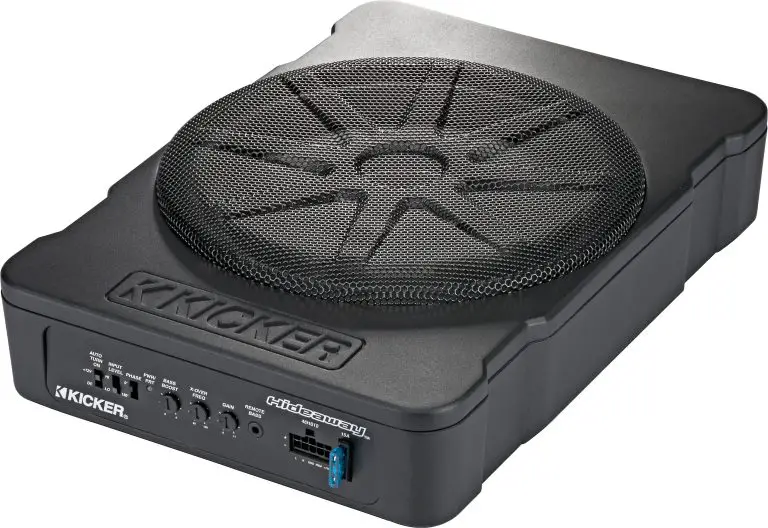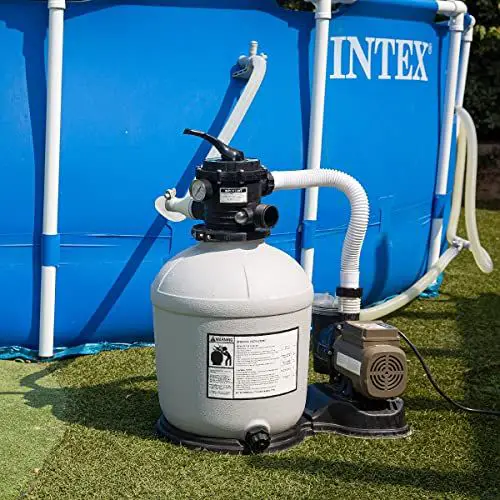Amplifier Tuning | Quick Guide To Tuning Your Amp
Amplifier tuning is crucial for optimizing audio performance. This quick guide provides easy methods to tune gains, filters, frequencies, and bass boost on your amp.
Starting With Basics
Amplifier tuning is essential to achieve optimal sound quality in your car audio system. Properly setting up your amplifier can improve performance and prevent damage to your speakers. One key aspect is understanding the importance of correct amplifier setup.
Understanding Amplifier Controls
- Gain: Adjust the gain dial on your amplifier to control the input signal level. It should be set to match your head unit’s output.
- Crossovers: These filters divide the audio signal into different frequency ranges for specific speakers. There are several types:
- Low-pass Filter (LPF): This filter allows only low frequencies to pass through to the subwoofer(s).
- High-pass Filter (HPF): This filter allows only high frequencies to pass through to the speakers.
- Subsonic Filter: This filter prevents extremely low frequencies from reaching the subwoofer(s).
- Bass Boost: This feature boosts the bass frequencies to enhance the low-end response.
- Frequency: Adjusting the frequency settings on your amplifier controls the range of frequencies that will be amplified.
The Tuning Process
Adjusting Gain Without Distortion: To achieve optimal sound quality, start by turning down all the gains on your amplifier(s) to zero. Look for any “EQ” or “BASS BOOST” settings on your amp and make sure they are turned off. Twisting the gain dial on your amplifier clockwise, gradually increase the volume until you reach the desired level without any sound distortion or overload to your speakers. If distortion occurs, reduce the gain until the distortion disappears.
Identifying Maximum Undistorted Volume: Fine-tuning your amplifier requires finding the maximum undistorted volume your system can handle. Increase the volume gradually while listening for any distortion. Once you reach a point where the sound begins to distort, reduce the volume slightly to ensure crystal clear audio without any distortion.
The Balance Between Power and Clarity: Tuning your amp involves finding the ideal balance between power and clarity. Increase the gain until you achieve desired loudness without compromising audio quality. Finding this balance allows for powerful bass and clear treble, giving you an immersive listening experience.
Tuning LPF and HPF: LPF (low-pass filter) and HPF (high-pass filter) settings are essential for controlling the frequency range sent to your subwoofers and speakers. Adjusting LPF determines the upper limit of frequencies sent to your subwoofers, while HPF controls the lower limit for your speakers. Experiment with different frequencies to find the perfect crossover point, minimizing distortion and maximizing efficiency for each component.
Setting LPF for Subwoofers: When setting LPF for subwoofers, ensure it is set to the appropriate frequency range to complement the subwoofer’s capabilities. Adjusting the LPF allows you to eliminate unwanted frequencies, preventing distortion and unwanted interference with the subwoofer’s performance.
Setting HPF for Speakers: HPF settings for speakers help prevent low-frequency signals from reaching them, focusing on mid and high-range frequencies. This setting is crucial for maintaining speaker integrity and preventing damage due to excessive low-frequency vibrations.
Understanding Crossover Frequencies: Crossover frequencies refer to the points at which different frequency ranges are divided and sent to the appropriate speakers. Understanding these frequencies and their respective ranges helps optimize audio distribution, enhancing overall sound quality, and preventing overlap between different speaker components.
Fine-Tuning Bass and Treble: Adjusting bass and treble settings allows you to fine-tune the specific frequencies that matter most to you. Experiment with different levels to find the perfect balance that suits your listening preferences and enhances your overall audio experience.
When to Use Bass Boost: Bass boost features in some amplifiers provide an extra punch to low-frequency sound. Use bass boost sparingly and with caution, as excessive use can lead to distortion and overpowering of other audio elements. Use it to enhance the bass response, but ensure it blends well with other frequencies for a balanced and immersive sound.
Balancing Bass with Overall Sound: Achieving a well-balanced sound requires finding the right balance between the bass and other frequencies. Avoid overpowering the sound with excessive bass, as it can drown out the mid and high frequencies, resulting in an unbalanced audio experience. Experiment with different bass levels to find the perfect mix that enhances the overall sound quality.
Advanced Tuning Techniques
Recognizing sound distortion is important when tuning your amplifier. Listen for any distortion or overload your speakers may be experiencing and adjust the gain dial on your amplifier accordingly. Utilizing tools like a multimeter can help ensure accurate settings. Use the multimeter to measure the voltage output of your amplifier and adjust it to match your desired level. Oscilloscopes can also be helpful in tuning your amplifier, allowing you to visualize the waveform and make precise adjustments. When tuning for different music genres, consider customizing settings for genre-specific audio. Adjust your equalizer, gain, and crossover frequency settings to optimize the sound quality for each genre. By following these advanced tuning techniques, you can achieve optimal sound quality from your amplifier.
Additional Tips For Optimal Sound
For optimal sound quality, follow these tips to tune your amplifier effectively. Adjust gains, low and high pass filters, frequencies, and bass boost settings to enhance your car audio experience. Check out online guides and videos for step-by-step instructions on how to tune your amp accurately.
The Role Of Environment In Amplifier Tuning
- Adjusting amp settings based on location
- Contending with vehicle acoustics
Common Mistakes To Avoid
- Overlooking the impact of EQ settings
- The downside of excessive bass boosting
Ongoing Maintenance And Reassessment
- Periodic checks for consistent performance
- Upgrading components for improved sound
Conclusion
Tuning your amplifier is a crucial step in optimizing your car audio system. By adjusting gains, low and high pass filters, frequencies, and bass boost, you can achieve the desired sound quality and prevent distortion. Whether you choose to tune by ear or utilize online resources and tools, taking the time to properly set up your amp will greatly enhance your listening experience.
So get started on tuning your amp and enjoy the full potential of your car stereo system.


